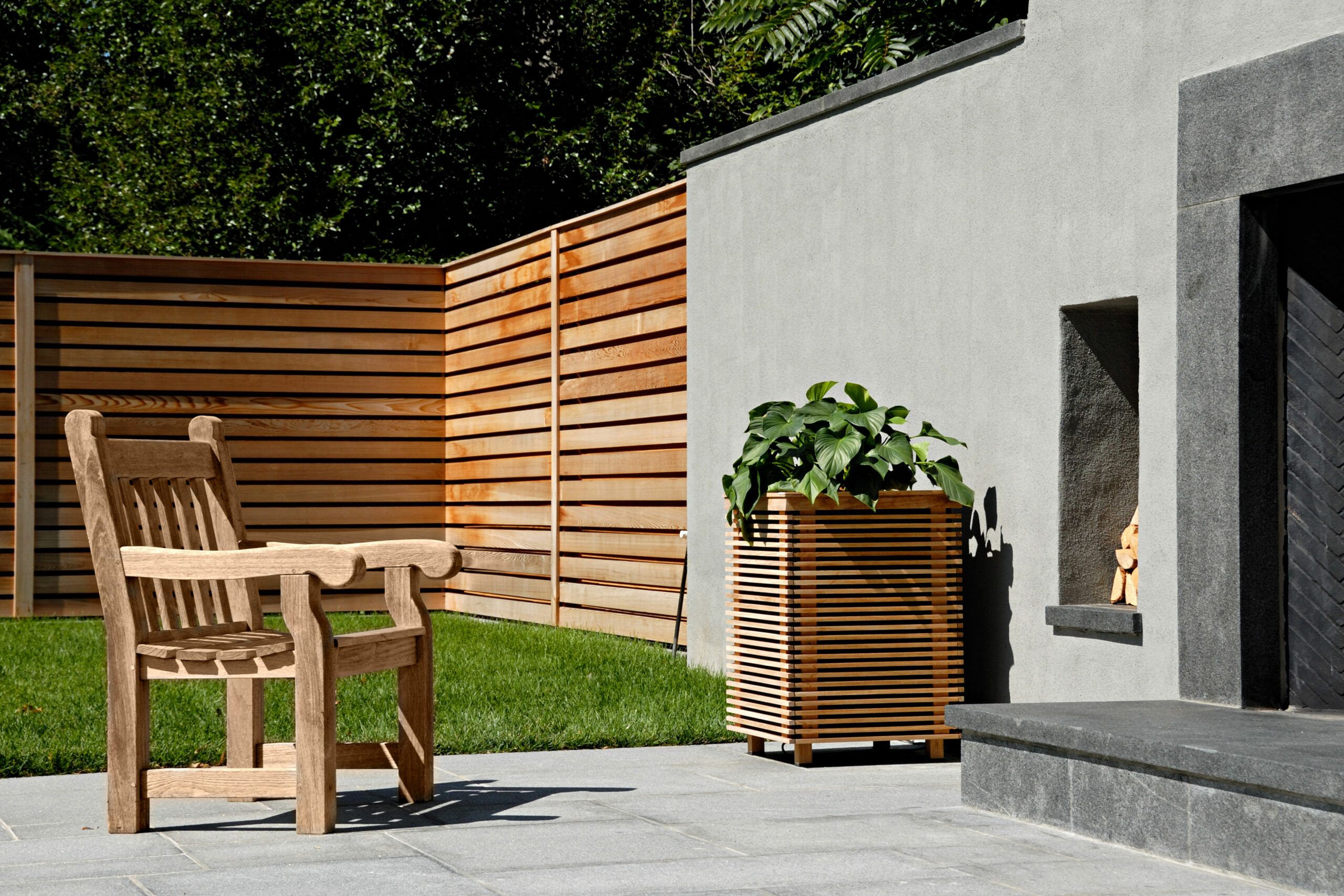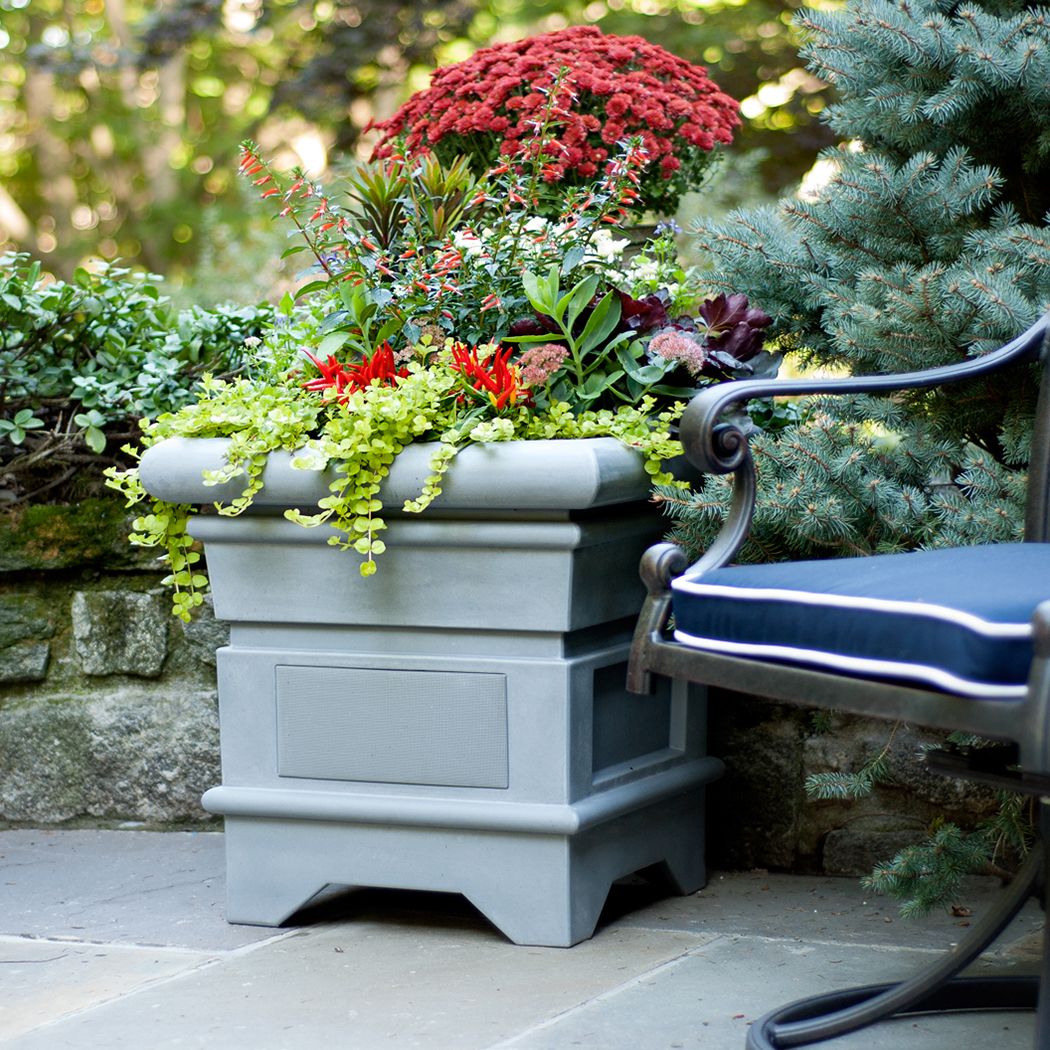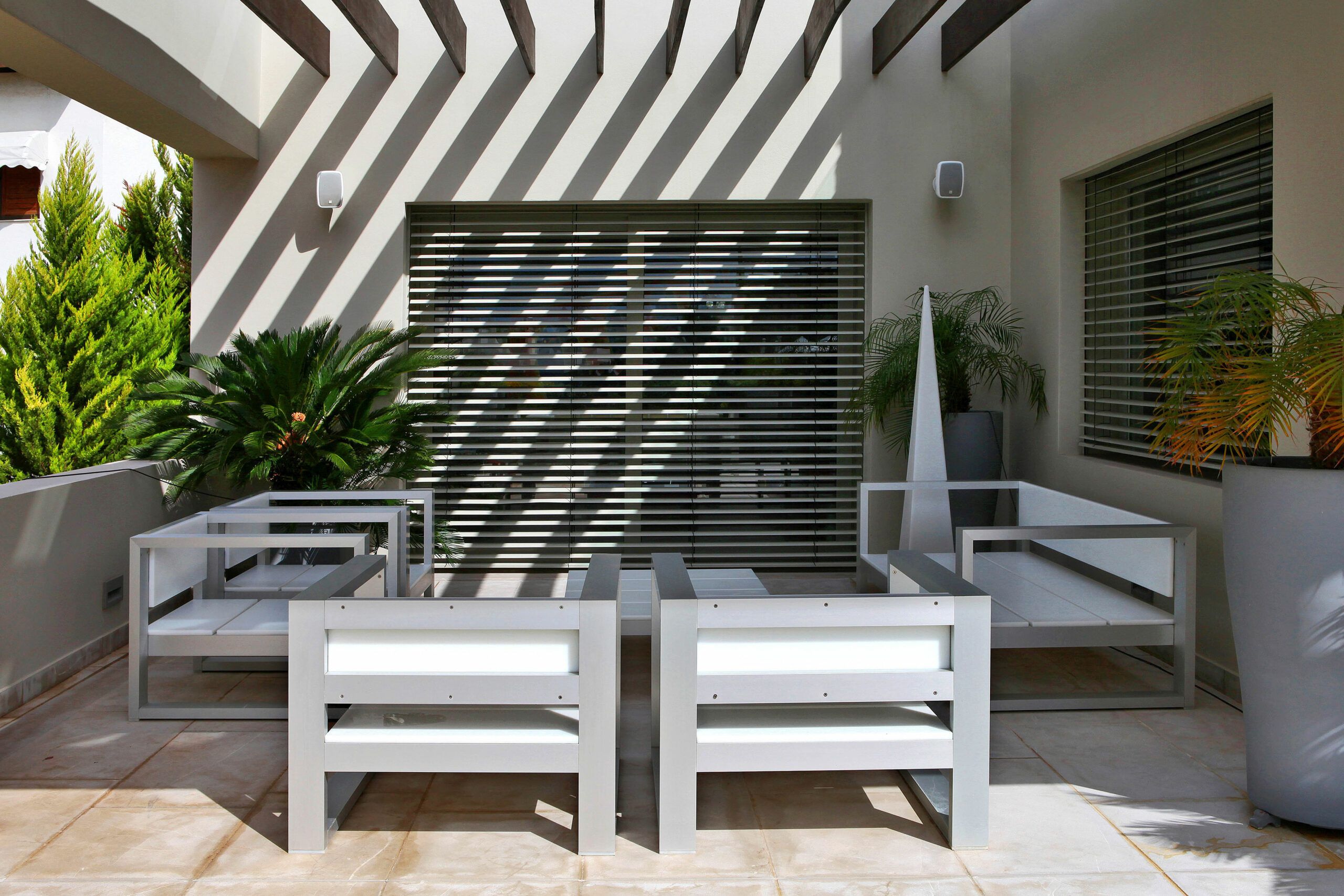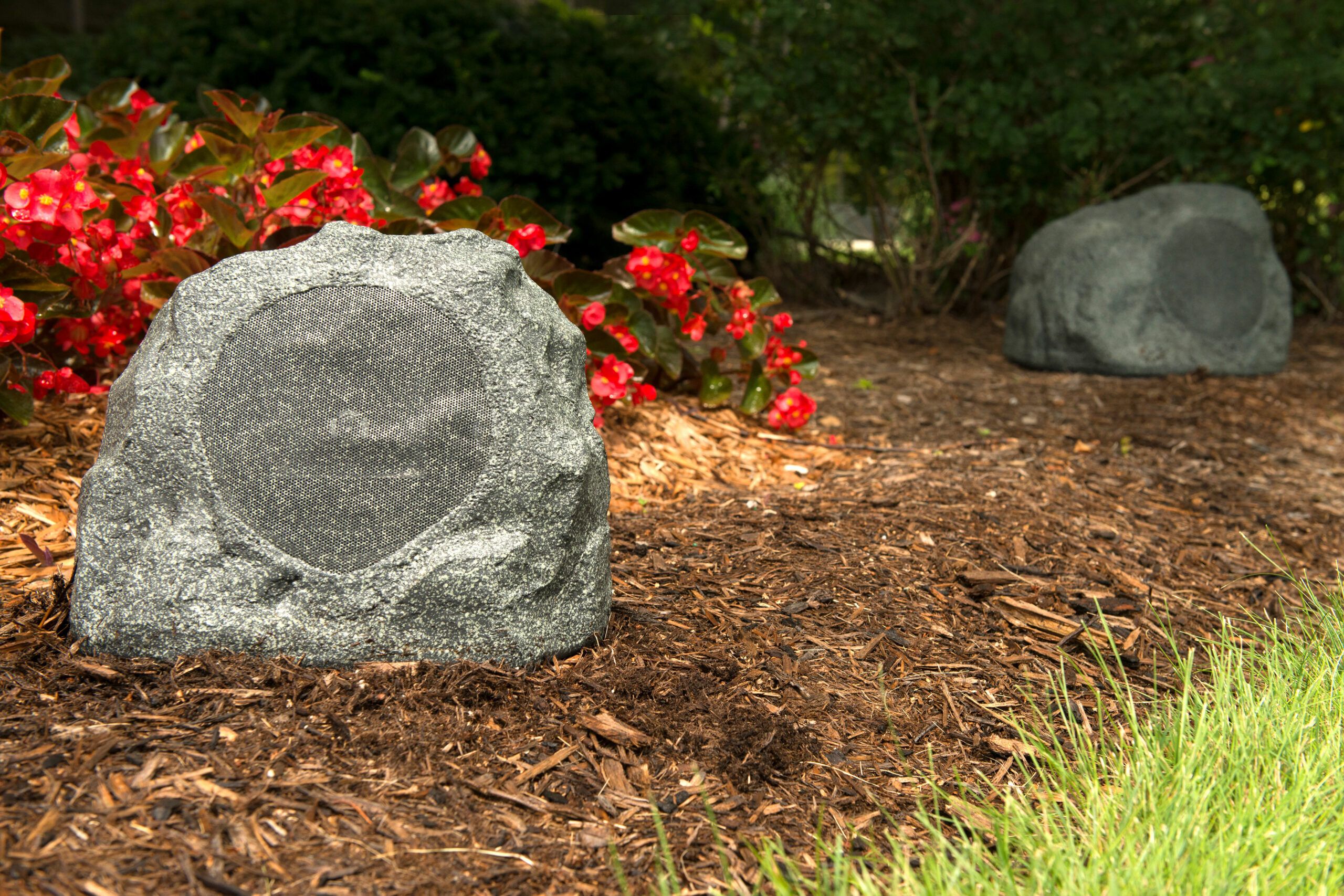Outdoor speakers can transform your outdoor living area into a space that’s perfect for blasting your favorite tunes while grilling or lounging by the pool. The technology in speakers has evolved significantly in recent years as well. “Outdoor speaker companies have really tweaked and perfected the technology and the products,” says Scott Trusty, a residential audio/video consultant and installer based in Stamford, Connecticut. “The quality’s gotten a lot better, and the components last forever.”
This guide will walk you through everything you need to know about selecting, installing, and optimizing speakers for your home outdoor sound system. From understanding different types of speakers to maintenance tips, we’ll cover all aspects of creating the perfect outdoor audio setup.
Types of Outdoor Speakers
There are several types of outdoor speakers available to suit different needs and preferences:
- Box-type speakers: These traditional speakers are mounted on walls or under eaves.
- Rock speakers: Designed to blend in with landscaping, these speakers resemble natural rocks.
- Planter speakers: Disguised as flowerpots, these speakers offer a decorative touch.
- In-ground speakers: Buried in the ground, these speakers provide 360-degree sound coverage.
- Omnidirectional speakers: These speakers project sound in all directions, ideal for large areas.
Key Features to Consider
When choosing outdoor speakers, consider the following features:
- Weather resistance: Look for speakers rated for all-weather use. You can check the IP rating to see how resistant it is to dust and water.
- Sound quality: Opt for speakers with balanced audio output.
- Power handling: Ensure the speakers can handle the power output of your amplifier.
- Durability: Choose speakers made from robust materials like UV-resistant plastic or metal.
- Aesthetic appeal: Select speakers that complement your outdoor decor.
Planning Your Outdoor Audio Setup
Proper planning will help you design the most effective outdoor audio system. Consider the size of your outdoor space and how you intend to use it.

Determining Coverage Area
To determine how many speakers you need, consider the size of your patio, yard, or the area where you’ll be listening to music If you only plan to listen on the deck, for example, two box speakers mounted 8–10 feet up on the side of the house, angled down toward the middle of the deck, might be enough. But if you have a deck with an adjacent pool or recreation area, you’ll need speakers in multiple locations. As a general rule, one pair of speakers can cover 200 to 400 square feet. For larger areas or multiple zones, you’ll need additional speakers strategically placed throughout the space. Alternate between left and right channels throughout the area, so wherever you are, you’ll always be listening in stereo.
Think about where on the property people will be gathering, and plan for speakers as close as possible to the audience. Otherwise, you’ll have to crank the volume too high, risking distorted sound—and the ire of your neighbors. To avoid sound traveling where it isn’t wanted, try to direct speakers away from neighboring properties wherever possible.
Assessing Power Requirements
The next question to ask yourself is, What kind of listening do you plan to do? The quality of the experience you seek — soothing background music, hard-driving rock, or symphonies on the lawn — will determine what type of speakers and how much power you need.
Most outdoor speakers are “two-way,” meaning they consist of a tweeter, which covers the high-tinny sound spectrum, and a woofer, which provides the bass and mid-range sounds. There are also subwoofers disguised as rocks for audiophiles who want to pump up the bass and omnidirectional speakers that can be buried in the ground and project sound 360 degrees, say, from the middle of a flower bed to the areas on either side.
Why Outdoor Speakers Need More Power
Keep in mind that an outdoor system can’t take advantage of the reflective surfaces that make indoor speakers more efficient. “The acoustic realities of an outdoor environment are drastically different,” says Tony Satariano, director of sales and marketing for Denver speaker manufacturer Rockustics. “The floor, the walls, the ceiling—all contribute to the fidelity of the speaker. Outside, you don’t get that.” However, you do get ambient noise from passing cars, chirping crickets, and kids at play.
That’s why you need speakers with enough oomph to overcome those natural obstacles, as well as an amplifier with sufficient wattage to power them. The most common mistake people make with outdoor systems is underpowering them, Satariano says, which can lead to distorted sound from overworking the amp—or, worse, blown speakers. Most outdoor speakers require at least 40 watts per channel, so make sure your receiver can deliver at least that amount.
Choosing the Right Outdoor Speakers
There are a lot of different options for outdoor speakers available. Here are some things to consider to help you find the best ones for your yard.
Best Speakers for Different Outdoor Environments
Different outdoor spaces may require specific types of speakers:
- Patios and decks: Wall-mounted box speakers or planter speakers work well in these areas.
- Gardens and landscaped areas: Rock speakers or in-ground speakers blend seamlessly with the surroundings.
- Pool areas: Choose speakers with high water resistance ratings. Water resistance is rated with the letters IP (ingress protection) followed by two numbers. The first represents dust resistance, and the second represents water resistance. Look for a minimum of IPX5, which can withstand being sprayed with jets of water.
- Large open spaces: Omnidirectional or multiple-directional speakers provide even coverage.
Wired vs. Wireless Outdoor Speakers
Both wired and wireless outdoor speakers have their advantages:
Wired speakers:
- Offer consistent audio quality
- Don’t require battery changes or recharging
- May require professional installation for proper wiring
Wireless speakers:
- Provide flexibility in placement
- Eliminate the need for complex wiring
- May have a limited range or require a stable Wi-Fi or Bluetooth connection
Installation Techniques for Outdoor Speakers
Proper installation will ensure optimal performance and longevity of your outdoor speakers. Most often, you should be able to DIY installation, but you should keep these tips in mind.

Mounting and Positioning Strategies
When mounting your speakers:
- Mount speakers 8–10 feet high, angled slightly downward for best sound projection.
- Alternate left and right channel speakers throughout the area for stereo sound.
- Direct speakers away from neighboring properties to minimize sound travel.
- Test speaker locations before permanent installation to ensure optimal sound quality.
Wiring Considerations for Outdoor Use
For wired outdoor speakers, proper cabling is crucial:
- Use 16-gauge direct-burial cable rated for outdoor use. Don’t use indoor wire because the plastic casing isn’t thick enough to protect the copper within from moisture damage.
- Bury cables at least 12 inches deep.
- Check local codes regarding outdoor wiring requirements, as some communities require all outdoor wiring to be run through conduits.
Tom Silva demonstrates how to wire outdoor speakers in this guide.
Optimizing Sound Quality in Outdoor Spaces
Achieving high-quality sound outdoors presents unique challenges compared to indoor environments, including:
Overcoming Ambient Noise
Outdoor spaces often have higher levels of ambient noise from sources like traffic or nature. To combat this, use speakers with sufficient power output to overcome background noise. Position speakers closer to listening areas to reduce the need for high volume levels. If your area is large, try to spread the load among multiple speakers. “Use as many speakers as you can,” says Trusty. “It’s better to use multiple speakers softly than just two speakers trying too hard.”
Acoustic Challenges in Open Areas
Open outdoor spaces lack the reflective surfaces that enhance indoor acoustics. To address this:
- Use speakers designed specifically for outdoor use, which are optimized for open-air environments.
- Incorporate natural or artificial barriers to help contain and reflect sound.
- Consider adding a subwoofer for enhanced low-frequency response in larger areas.
Integrating Outdoor Speakers with Existing Audio Systems
Connecting your outdoor speakers to your home’s existing audio system can provide a seamless listening experience.
Using Zone Selectors
Zone selectors allow you to control multiple speaker areas independently. Install a multi-zone receiver or amplifier to manage indoor or outdoor speakers. Use volume controls for each zone to adjust levels without affecting other areas. You may also want to consider smart home integration for easy control via your smartphone or with voice commands.
Dedicated Outdoor Receivers
Some installers recommend using a separate receiver for outdoor systems. “It’s a good way to go because it will reduce the load on the amplifier inside,” says Alan Poltrack, president of Video Installations Plus in Hartsdale, NY. “You can get a receiver for a couple hundred dollars. “
Maintenance and Care for Outdoor Audio Equipment
Proper maintenance ensures the longevity and performance of your outdoor audio system.
Weatherproofing Your Speakers
While outdoor speakers are designed to withstand the elements, additional protection can extend their lifespan:
- Install speakers in sheltered areas when possible, such as under eaves or covered patios.
- Use weatherproof covers during extreme weather or when not in use for extended periods.
- Apply silicone sealant around connection points to prevent moisture ingress.
Seasonal Maintenance Tips
Regular maintenance keeps your outdoor speakers in top condition. Clean your speakers regularly with a soft, damp cloth to remove any dirt or debris. Be sure to check and tighten the mounting hardware periodically and inspect wiring connections for any signs of wear or damage. If you live somewhere with harsh winter conditions, store your speakers indoors during cold-weather months if possible.


